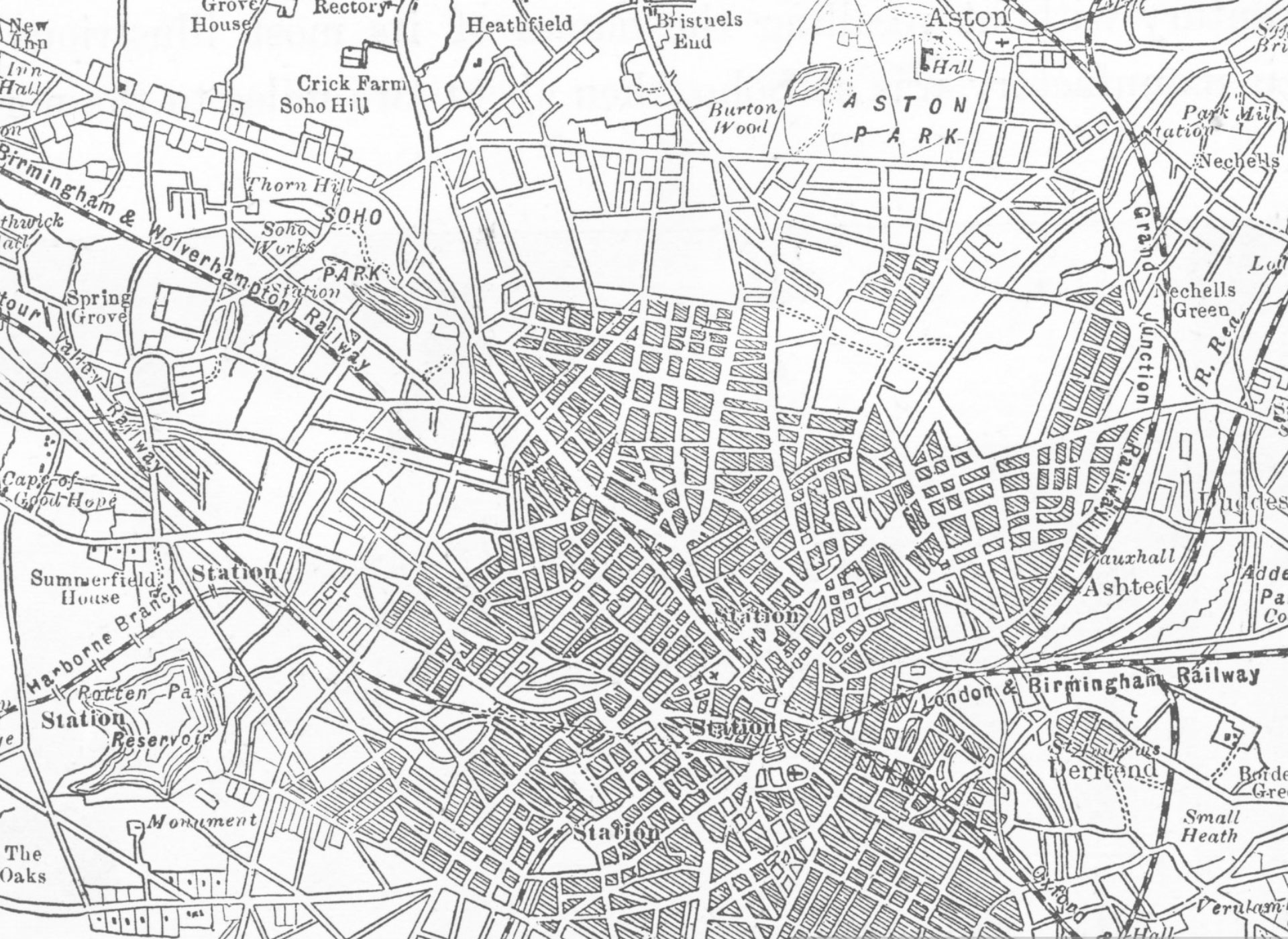The Public Order Act 1986 | New Offences

The Public Order Act 1986 (’the Act’) abolished the old common law offences of riot, rout, unlawful assembly and affray, creating new offences relating to public order.
Regarded as one of the great reforming pieces of criminal legislation, the Act was passed after a period of public unrest and was designed, amongst other things, to grant the police more control in public places.
Mohammed Ahmed of KANGS comments on three of the offences created by the Act.
Fear or Provocation of Violence - Section 4
A person is guilty of an offence if they:
- use towards another person threatening, abusive or insulting words or behaviour, or
- distribute or display to another person any writing, sign or other visible representation which is threatening, abusive or insulting, with intent to cause that person to believe that immediate unlawful violence will be used against him or another by any person, or to provoke the immediate use of unlawful violence by that person or another, or whereby that person is likely to believe that such violence will be used or it is likely that such violence will be provoked.
Whilst the offence may be committed in either a public or private place, no offence is committed where the words, behaviour or visible display all arise from a person inside a dwelling and the other person is also inside that or another dwelling.
Upon summary conviction an offender faces a fine, imprisonment for a maximum period of six months or both.
Intentional Harassment, Alarm, or Distress - Section 4A
A person is guilty of an offence if, with intent, to cause a person harassment, alarm, or distress if they:
- use threatening, abusive, or insulting words or behaviour, or disorderly behaviour, or
- distribute or display to another person any writing, sign or other visible representation which is threatening, abusive or insulting.
This offence, and consequences upon conviction, are the same as explained in respect of the offence under Section 4, save that the offender must have intended the consequences of his behaviour.
Harassment, Alarm, or Distress - Section 5
A person is guilty of an offence if they:
- use threatening or abusive words or behaviour, or disorderly behaviour, or
- display any writing, sign or other visible representation which is threatening or abusive, within the hearing or sight of a person likely to be caused harassment, alarm, or distress.
It may provide a defence for an accused to show that they:
- had no reason to believe that there was any person within hearing or sight who was likely to be caused harassment, alarm, or distress, or
- were inside a dwelling and had no reason to believe that the words or behaviour used, or the writing, sign or other visible representation displayed, would be heard, or seen by a person outside that or any other dwelling, or
- believed their conduct was reasonable.
This offence may also be committed in a public or private place, in the manner of the offences explained above.
Upon conviction, an offender is liable to a fine not exceeding level 3 on the Standard Scale.
How Can We Help?
KANGS offers decades of experience gained from defending clients facing Investigation or Prosecution for alleged criminal activity of every nature.
Should you be subject to an investigation or charged with any type of criminal offence, please do not hesitate to contact our Team, who will be delighted to hear from you.
Our Team would be delighted to assist you or someone you know in respect of any criminal matter, whether relating to offences under the Public Order Act 1986 or any other type of offence.
Enquires are also welcome, simply contact our Team using the information below:
Tel: 0333 370 4333
Email: info@kangssolicitors.co.uk
We provide an initial no obligation consultation from our offices in London, Birmingham, and Manchester. Alternatively, we provide initial consultations by telephone or video.






